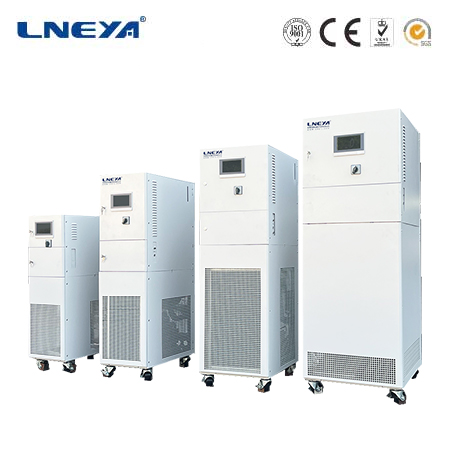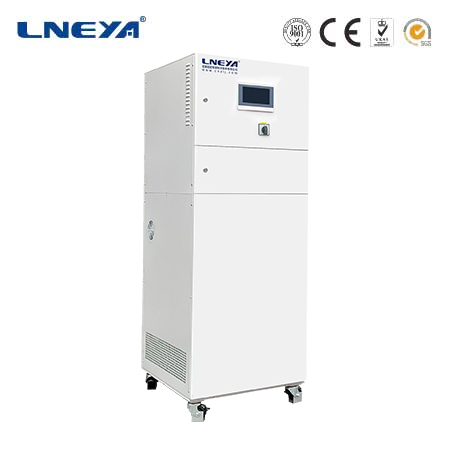large environmental chamber
Introduction to Large Environmental Chambers
Large environmental chambers are engineered to simulate various environmental conditions for testing the performance, reliability, and durability of products and systems. These chambers are essential in materials science, agriculture, and engineering, where understanding the impact of environmental variables on test subjects is crucial.

Design and Operating Characteristics
The design of a large environmental chamber involves considerations of controlled variables such as temperature, humidity, air flow, and lighting. Chambers are often designed to accommodate specific experimental objectives, such as housing animals for emissions studies or large soil specimens for evaporation mechanisms research. The internal dimensions of these chambers can be substantial, with one example measuring 7.4 m wide × 10.5 m long × 3.4 m high, capable of housing six dairy cows in tie-stalls.
Temperature Control
Temperature control within large environmental chambers is achieved through integrated cooling and heating systems. Chillers and electric heaters work in tandem to maintain the desired temperature setpoints, with some chambers capable of controlling temperatures within ±0.17°C of the setpoint. The chambers can also manage rapid temperature changes, with rates as high as 10°C per minute, to simulate real-world conditions.

Humidity and Air Flow
Humidity control is another critical aspect of environmental chambers, often managed through the use of steam coils and cold water cooling systems. Air flow is regulated through supply and exhaust fans, which can achieve air exchange rates from 5.6 to 28.8 air changes per hour. This level of control allows for precise simulation of various environmental scenarios.
Lighting and Other Variables
Light intensity within the chambers can be programmed to simulate diurnal variations due to solar radiation, affecting both plant and animal responses. Additional variables, such as air velocity, can be controlled to study their impact on surface exchange phenomena like drying and heat loss.
Applications

Large environmental chambers are used in a variety of applications, including:
Emissions Studies: Investigating the impact of environmental conditions on gaseous emissions, such as ammonia and odorous compounds, from animal housing facilities and manure processing technologies.
Material Testing: Assessing the performance of materials under extreme temperature and humidity conditions to ensure reliability and durability.
Soil Science: Studying soil water evaporation mechanisms and the effects of environmental factors on soil specimens.
Conclusion
Large environmental chambers play a significant role in scientific research and product development by providing a controlled platform to study the effects of various environmental conditions. Their design and operating characteristics allow for precise control of temperature, humidity, air flow, and lighting, making them indispensable tools in fields such as agriculture, materials science, and environmental science. As technology advances, the capabilities of these chambers continue to expand, enabling more accurate and comprehensive testing.
Related recommendations
air and water cooling system
532Air and Water Cooling Systems: Efficient Temperature Control for Diverse Applications Air and water cooling systems are engineered to provide optimal temperature control in a variety of setting...
View detailstemperature process control system
422Temperature Process Control Systems: Ensuring Precision in Industrial Processes Temperature process control systems are essential in maintaining the precise temperature conditions required for ...
View detailschillers system
250IntroductionChillers systems are integral to modern cooling technology, playing a crucial role in a wide range of applications. They are designed to remove heat from a fluid, typically water or a...
View details5000 ton chiller
310In - Depth Guide to 5000 Ton ChillersA 5000 ton chiller is a massive and highly efficient cooling device, primarily used in large - scale industrial and commercial applications. The "ton" in the c...
View details
 LNEYA Thermal Test Chillers
LNEYA Thermal Test Chillers






HelloPlease log in